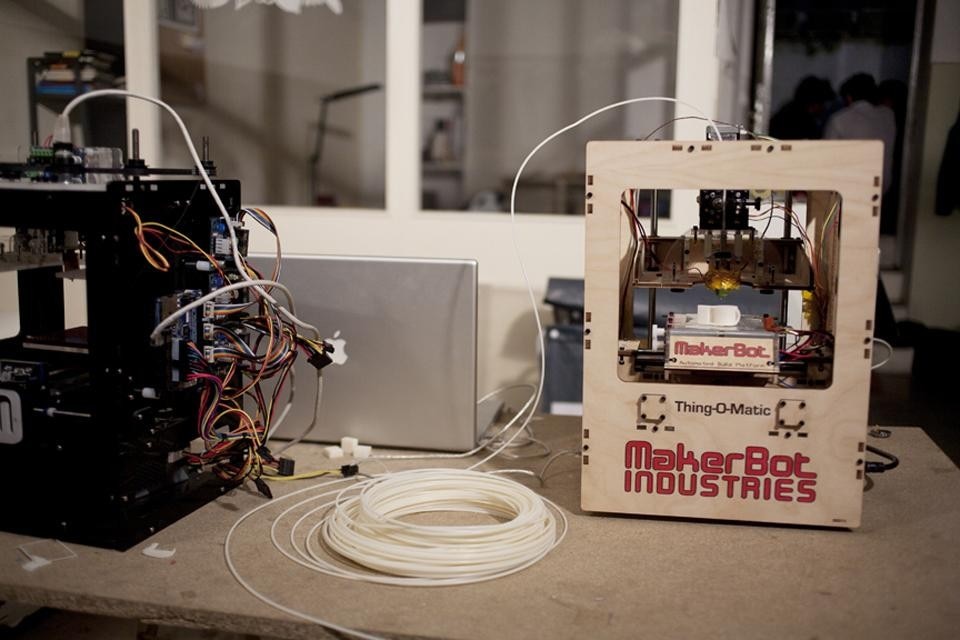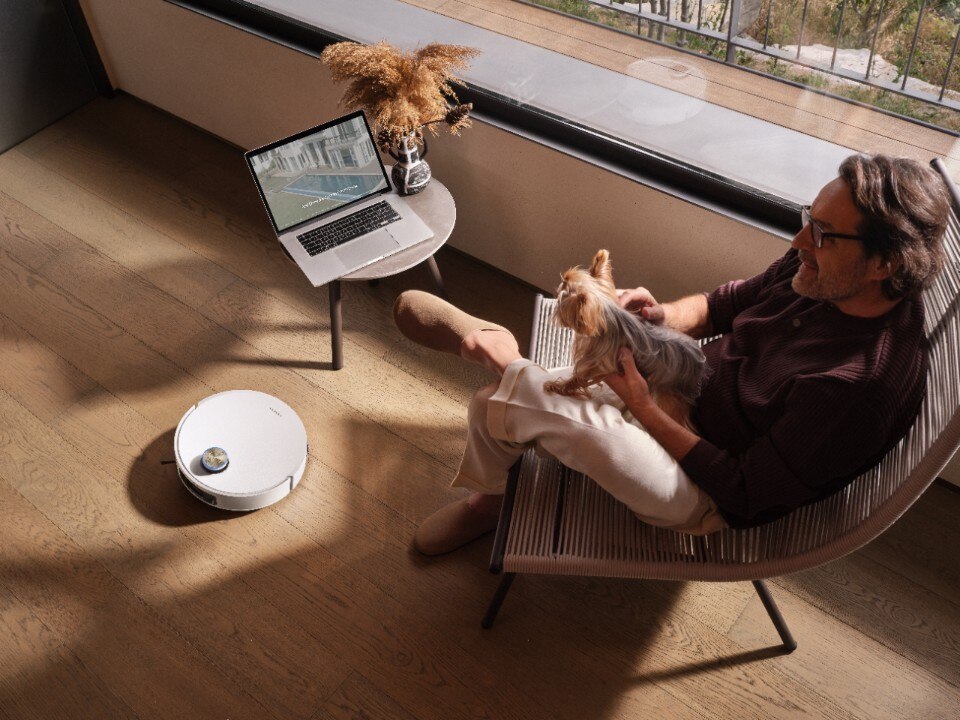These issues, once the preserve of engineers and researchers, are now front-page news around the world from New York Times, to the Economist to Wired. The manifestations of these new processes have been demonstrated at events such as the exhibition Stazione Futuro, opened last March in Turin and curated by Wired's Richard Moon (which was set up as the first Italian FabLab).
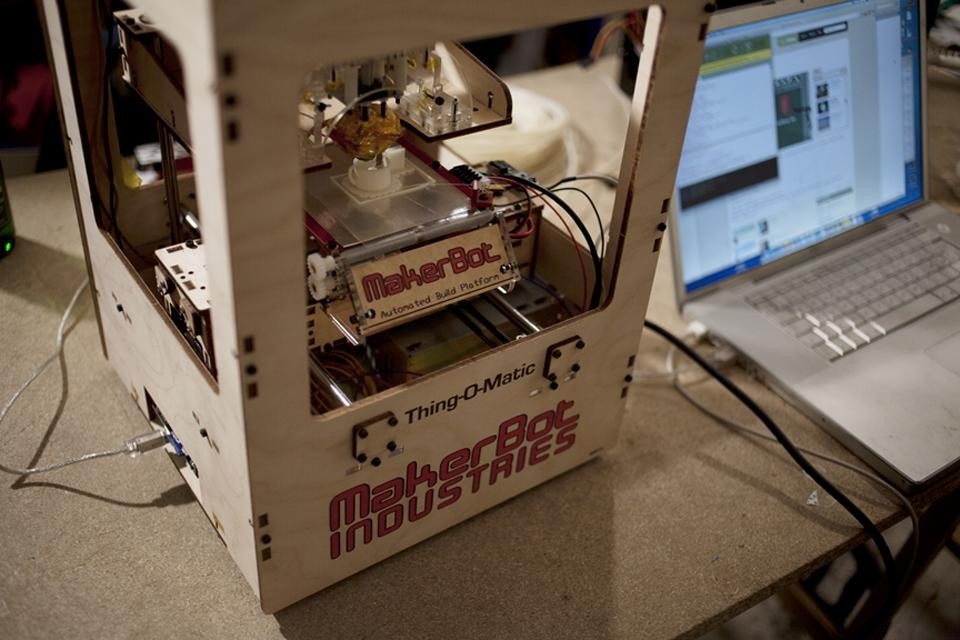
Participants include:
Openwear.org is a fashion/design-sharing network, where member-designed pieces are freely replicable (and sold) by anyone with a Creative Commons license.
Vectorealism.com is from Ponoko, the Italian leader in personal prototyping, a portal that provides access to low-cost advanced technologies for prototyping almost any project, enabling construction of prototypes for everyone. This can be even more affordable when you consider that the MakerBot, a company that produces the machines, shares instructions and specifications for automanufacture free of cost.
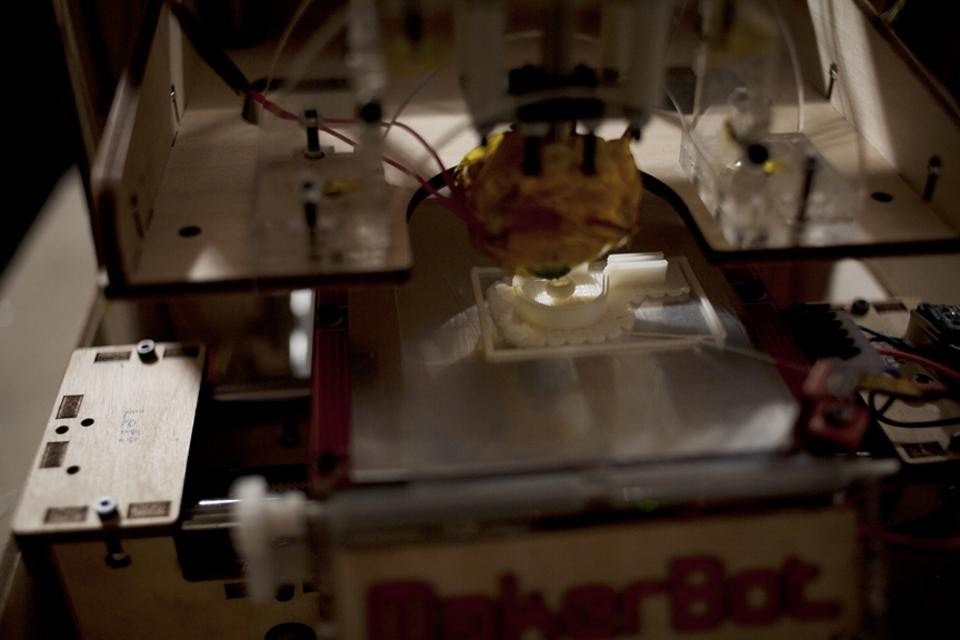
LepLoop is an analog synth designed by students of LEP (Popular Electronics Laboratory) in Milan to produce music, another good example of local innovation at low cost.
Arduino is an inexpensive open-source electronic platform for creating interactive objects and environments developed at the Interaction Design Institute Ivrea. To give you an idea of how versatile this tool is, according to Paola Antonelli, senior curator at the Museum of Modern Art in New York, "The two most important innovations in the art world in recent decades have been Arduino and Processing."
Dorkbot, a network of electronic investigators, was born in New York in 2001 from the mind of Douglas Repetto, who will introduce us to the world of Arduino.
Paolo Ceresatto
A Fabrication Laboratory is a small operation with a series of computer-numerical controlled (CNC) devices that route and cut a variety of materials according to a program, in principle enabling the immediate and small-scale manufacture of 'almost everything'.
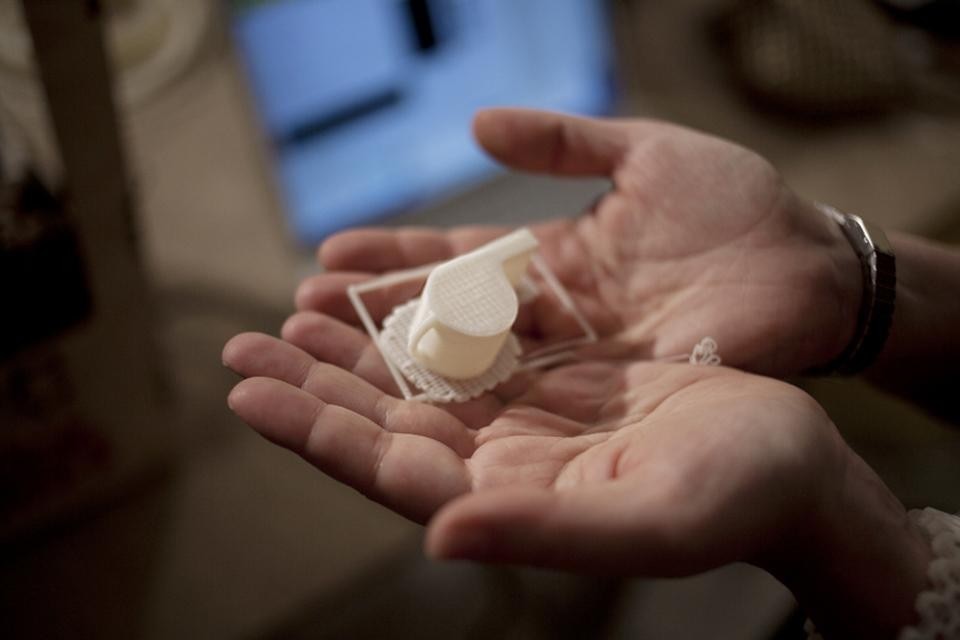
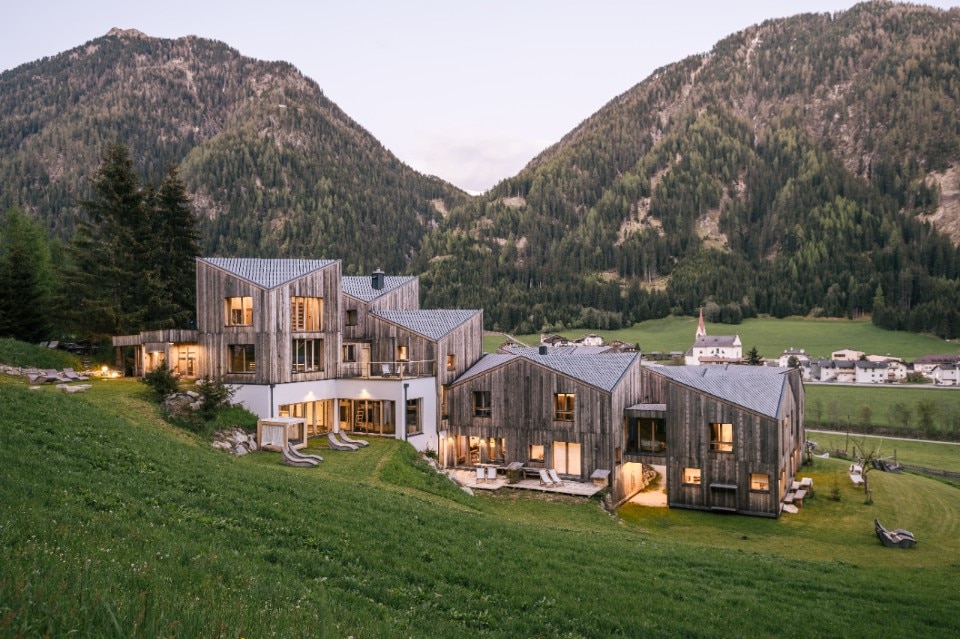
Wood: a key resource for south tyrol
In this northern Italian region, wood is a vital resource that brings together tradition, the economy and environmental protection. The short and sustainable supply chain is worth €1.3 billion and involves thousands of local companies.


